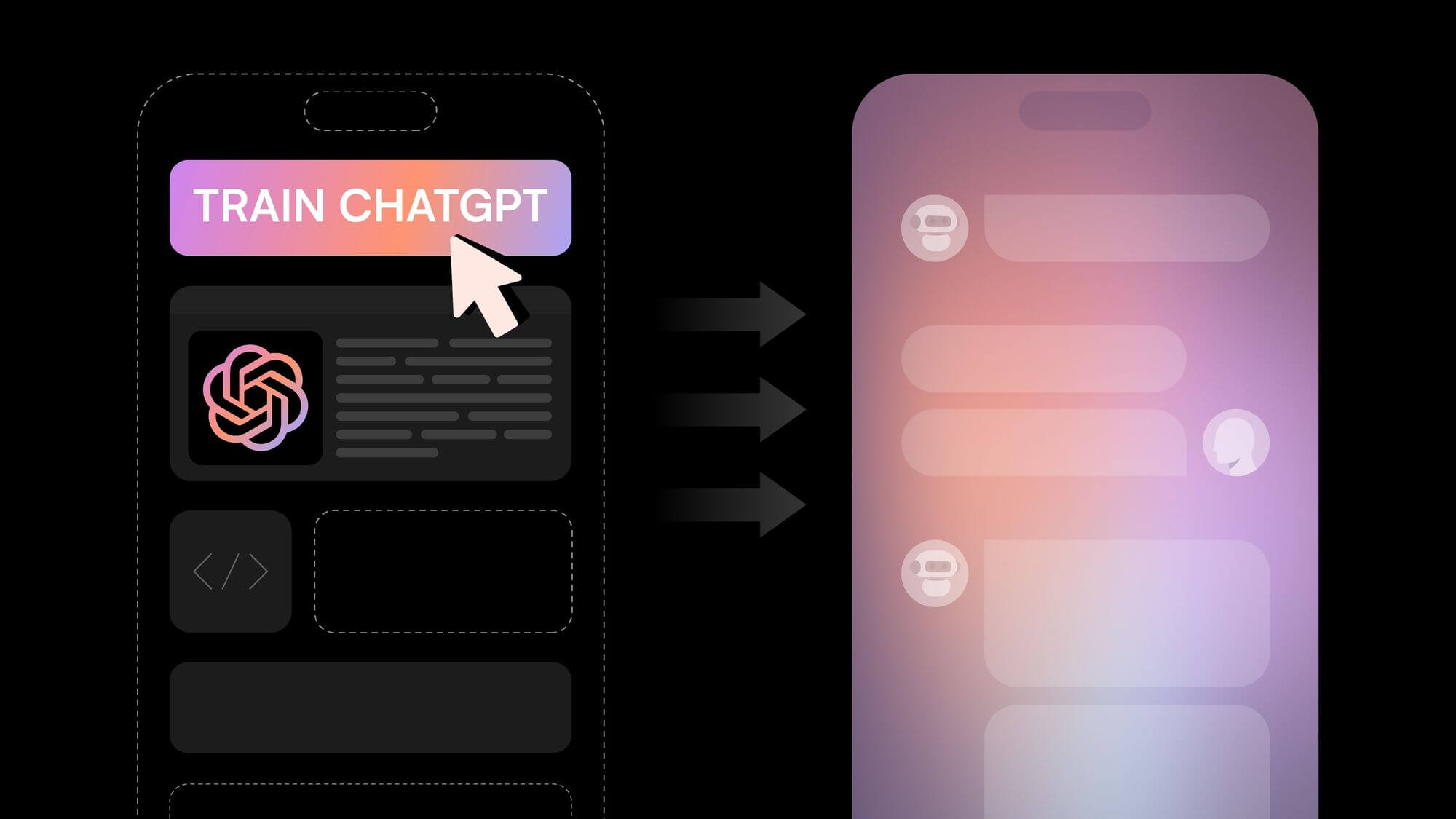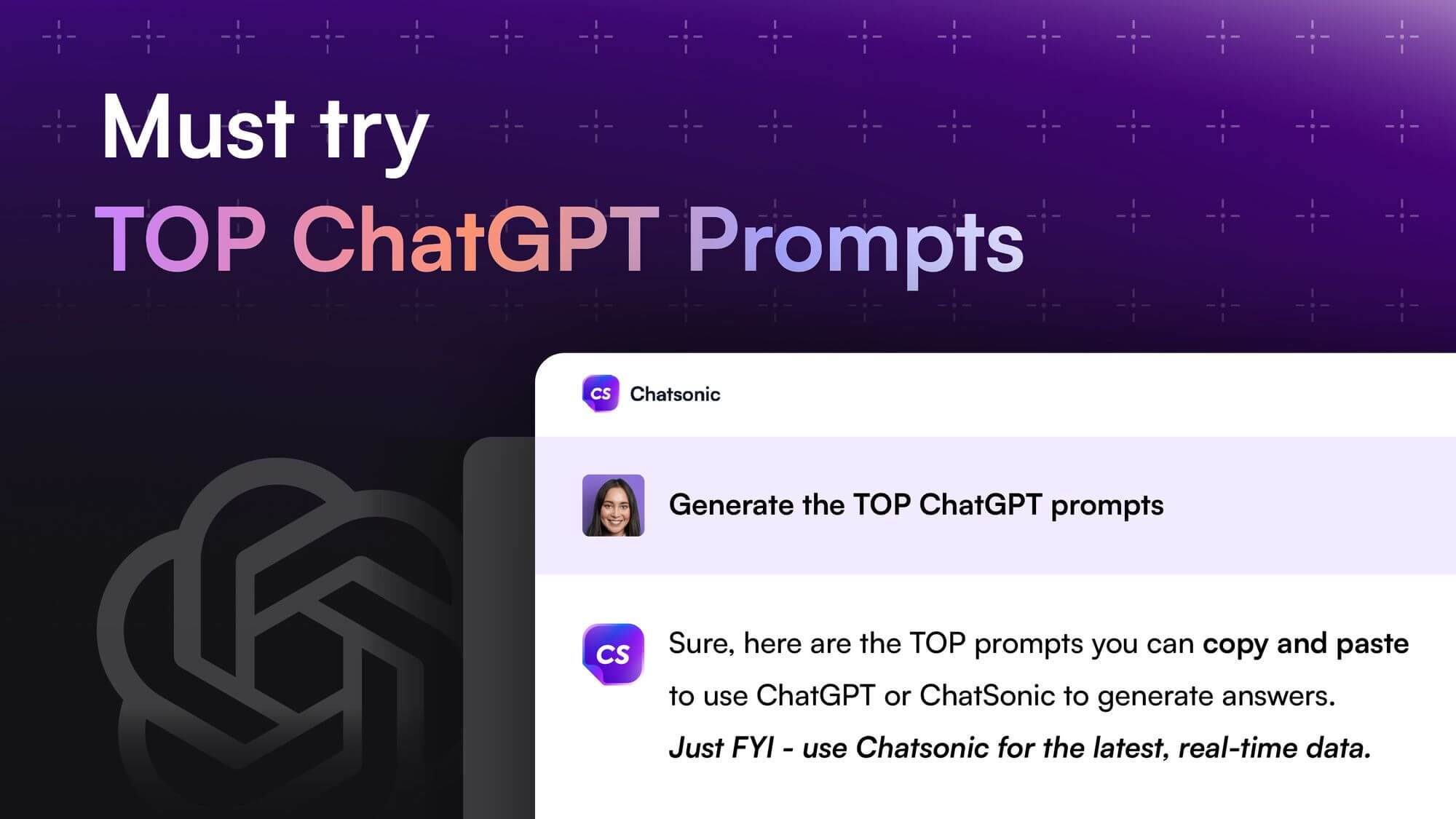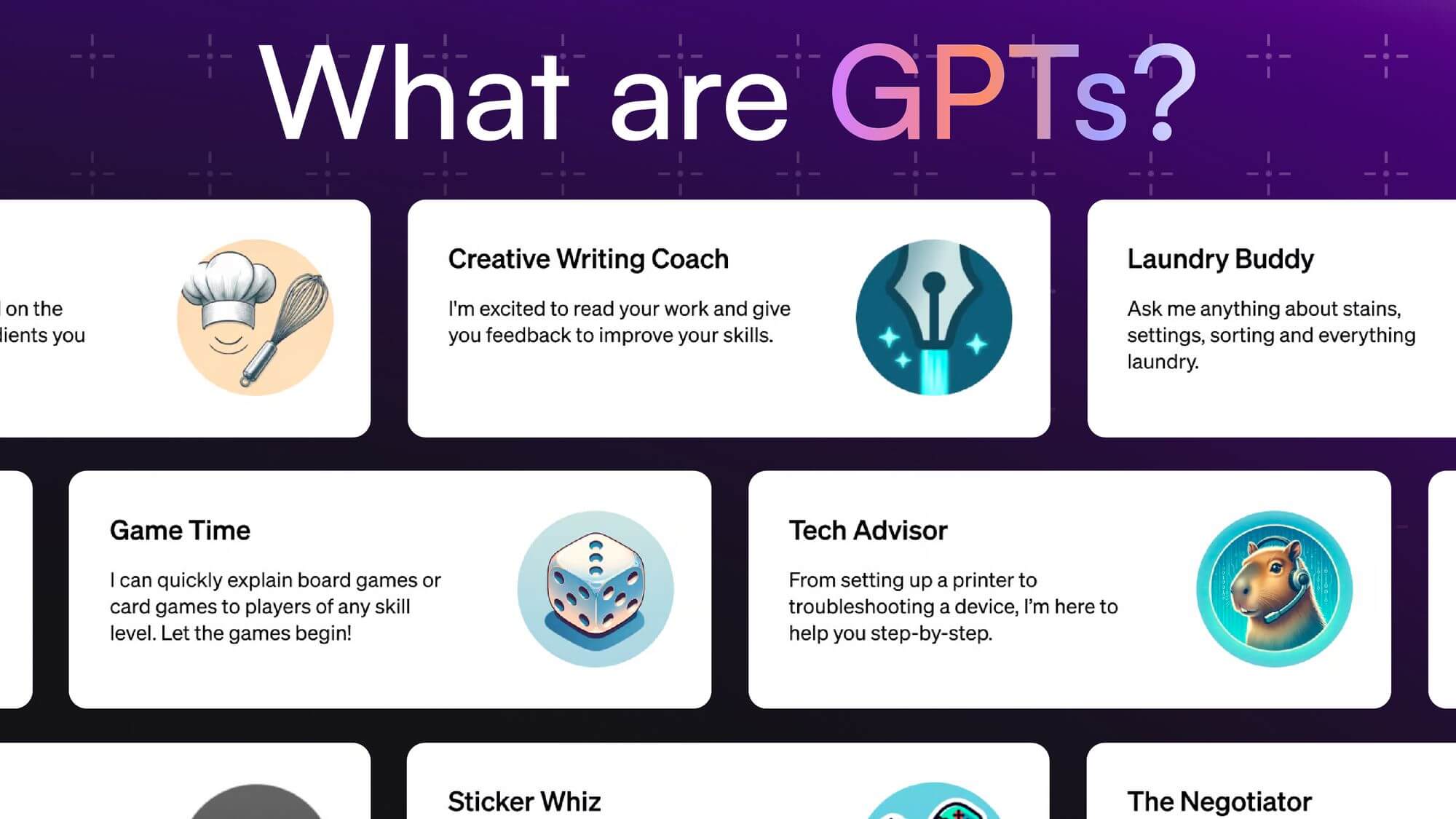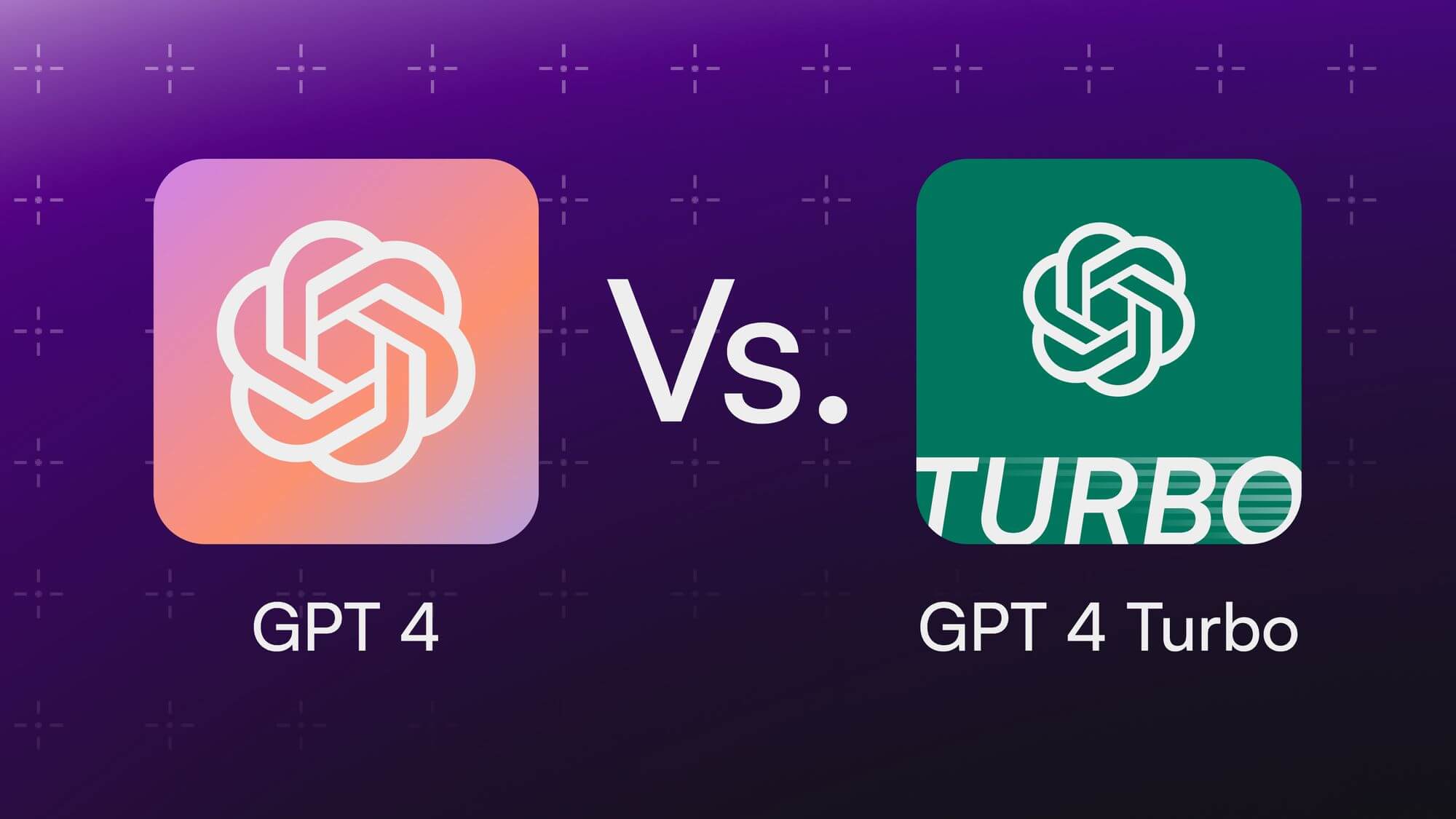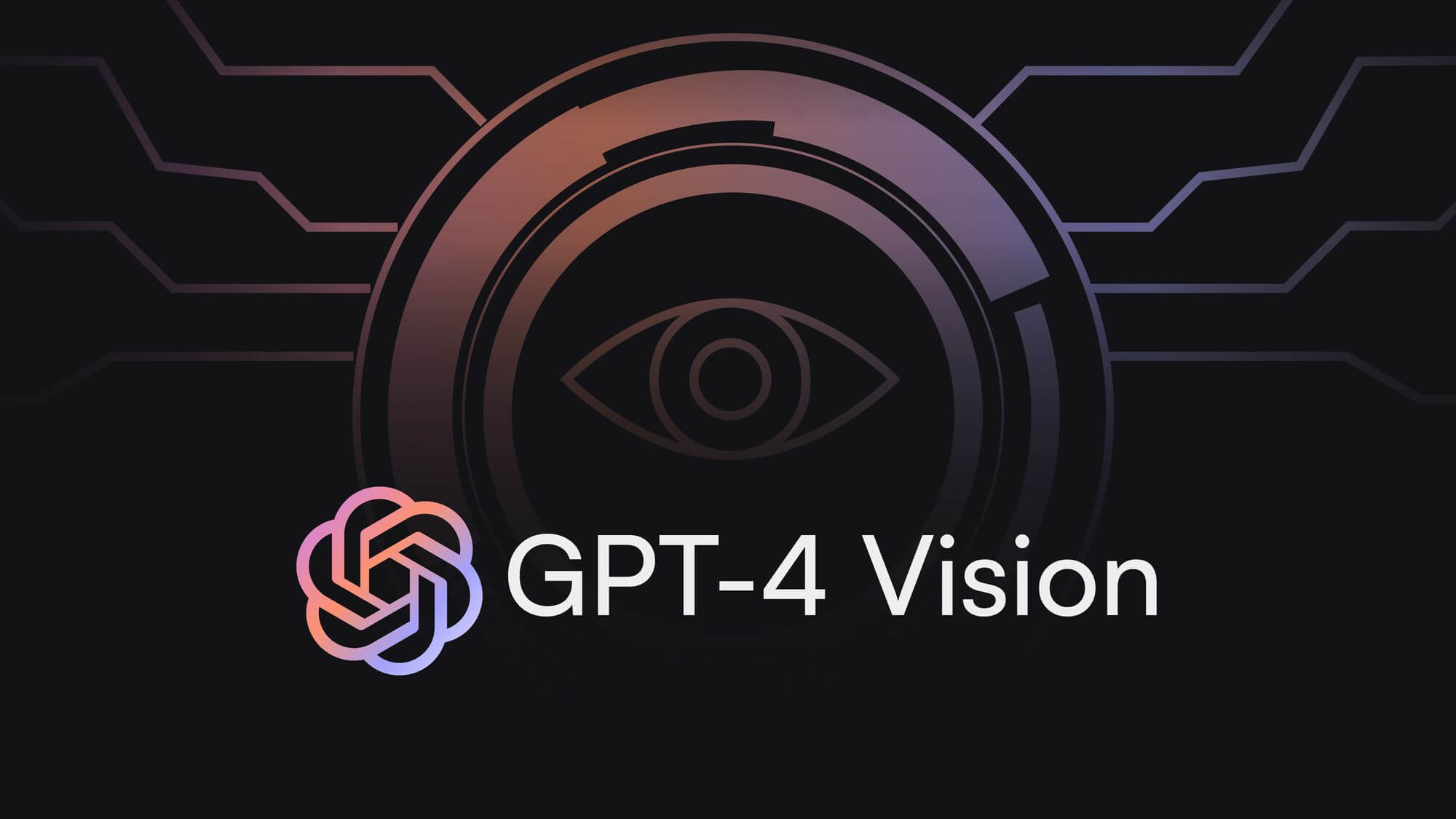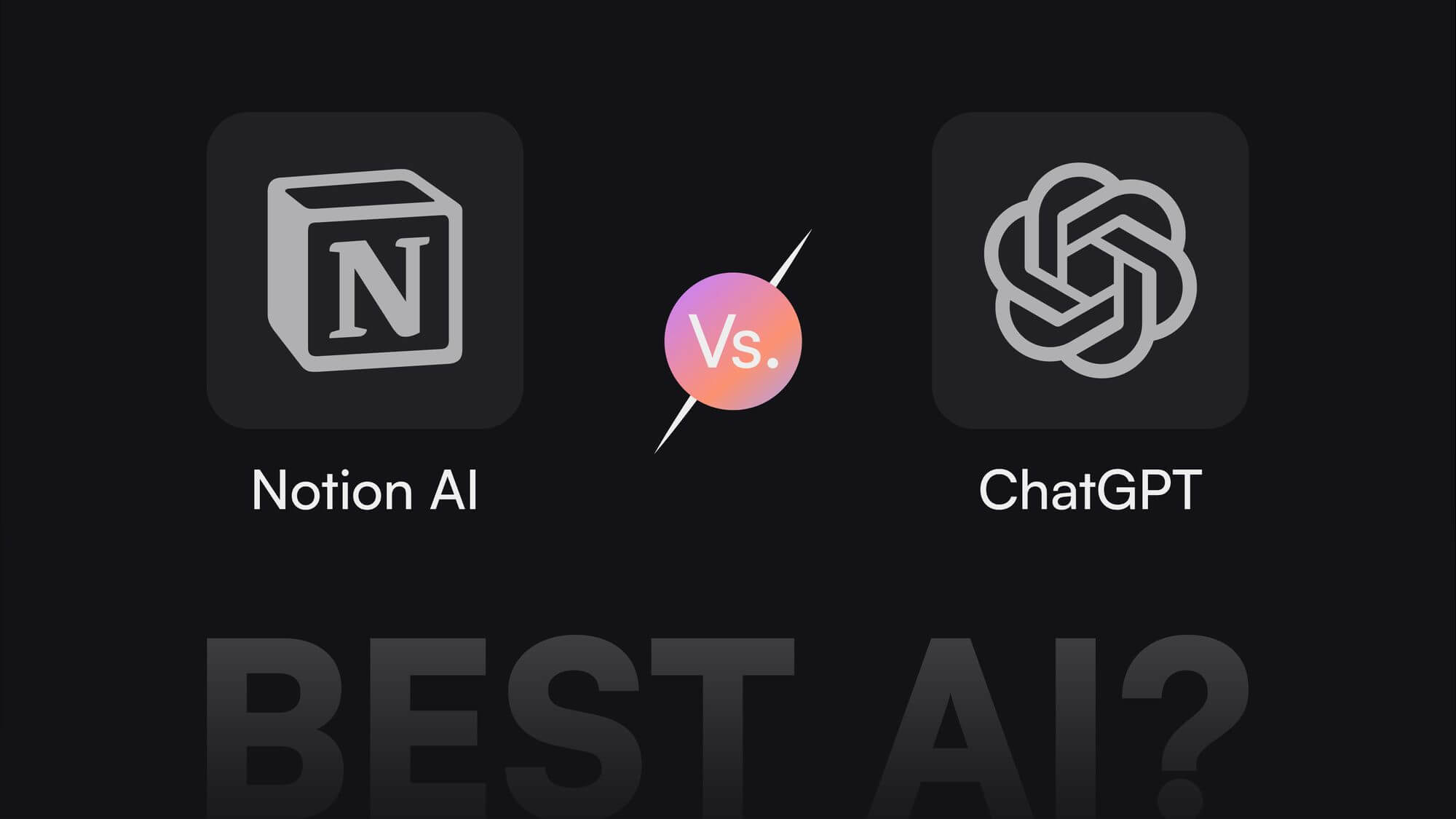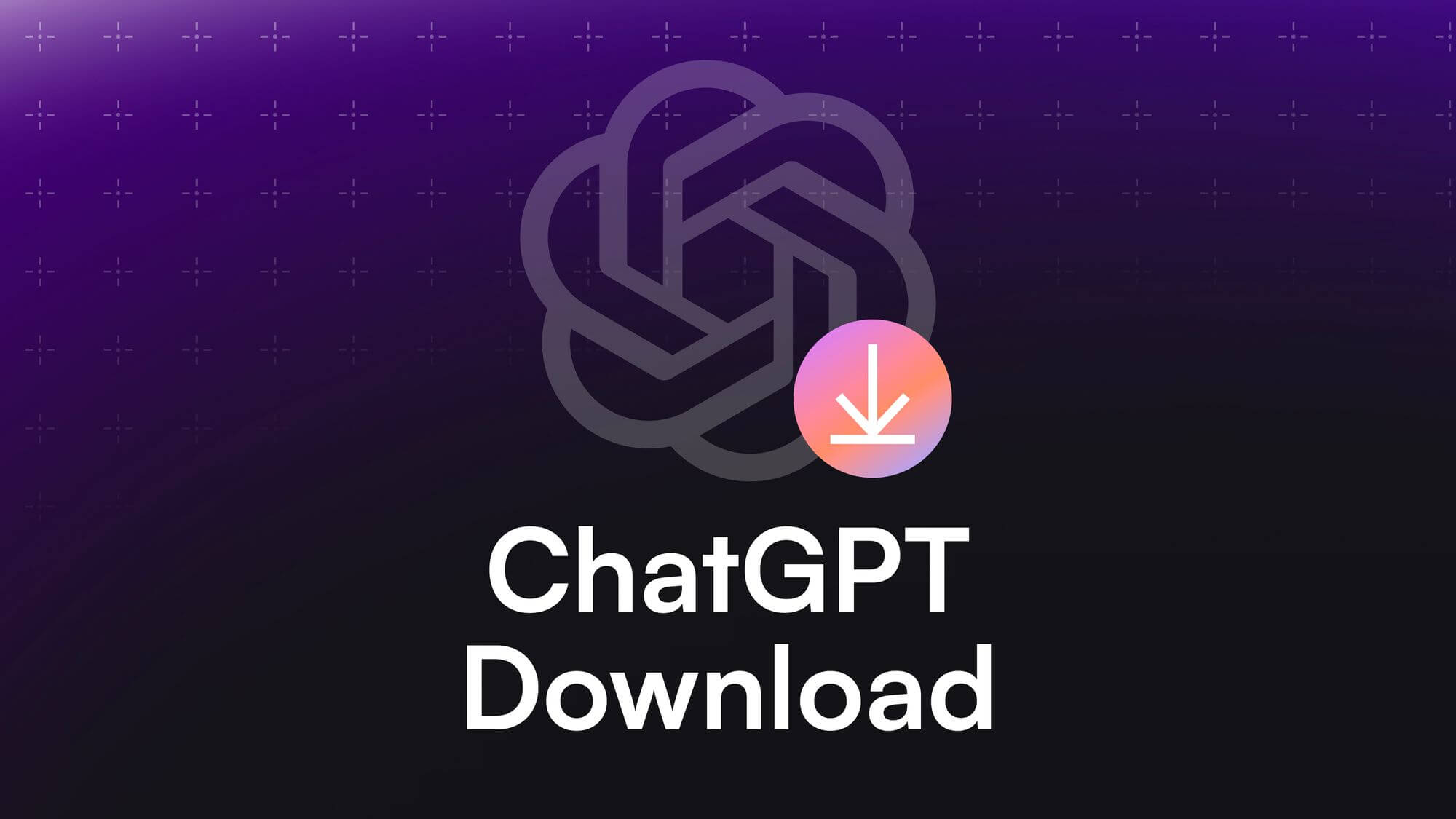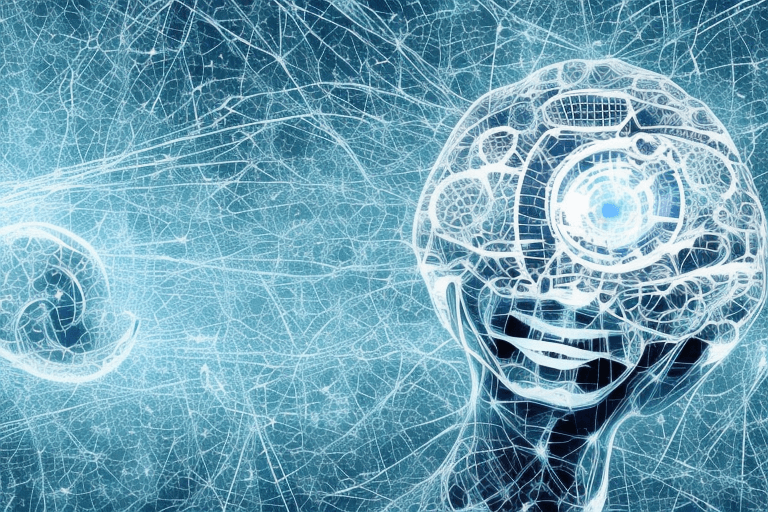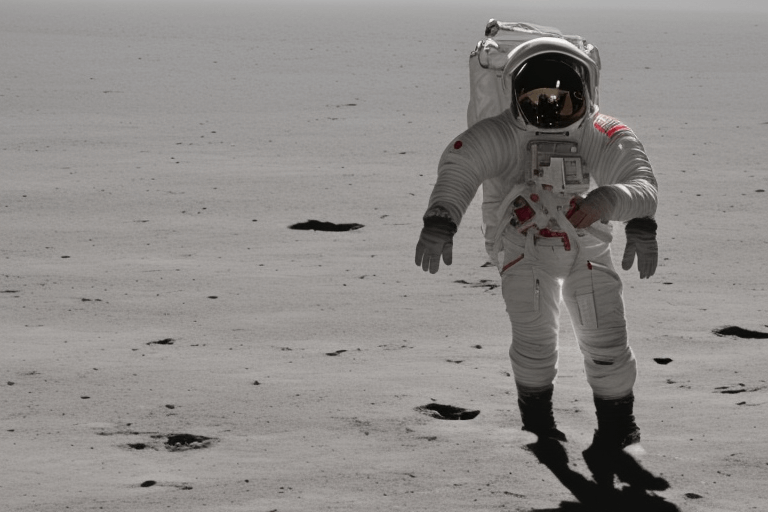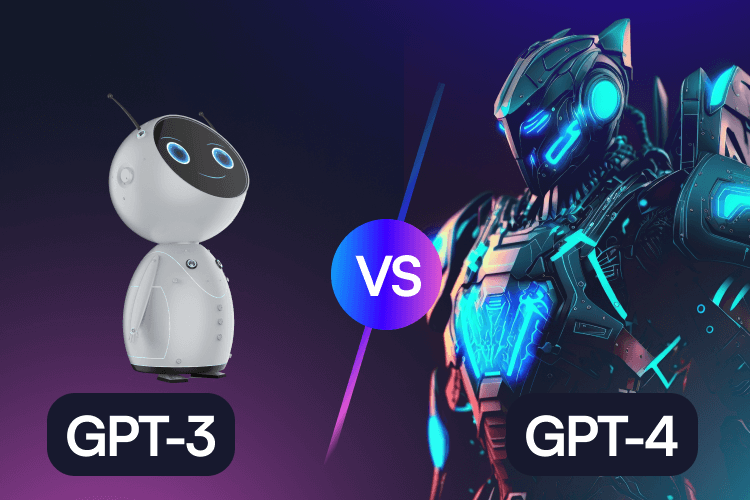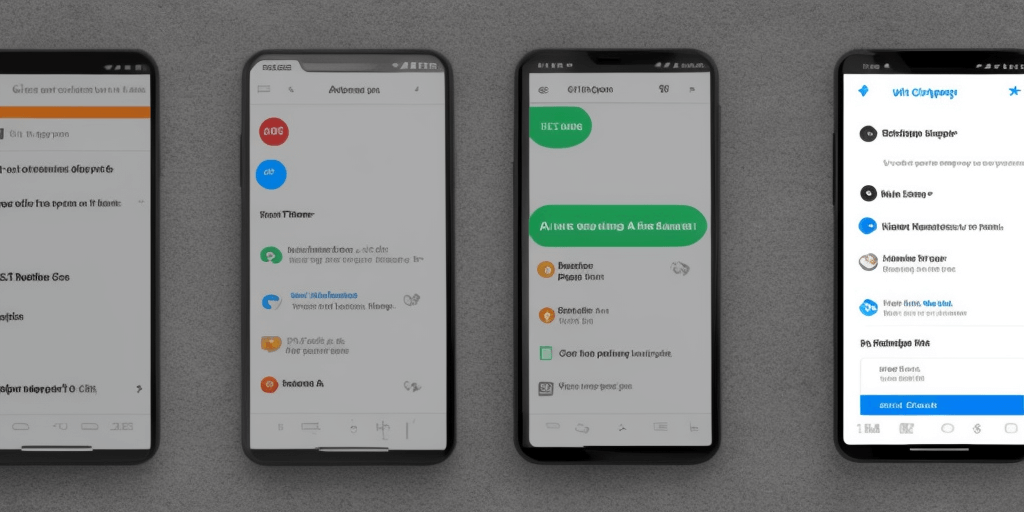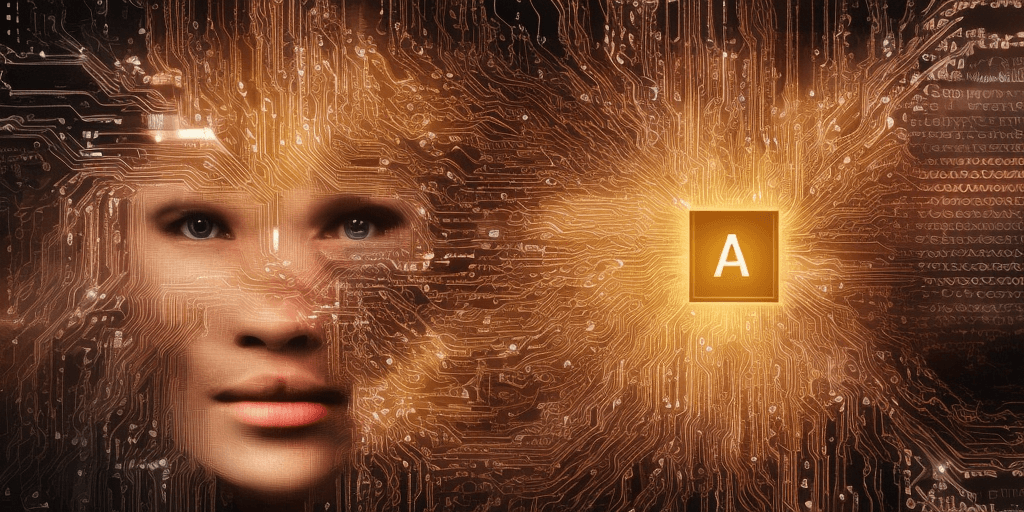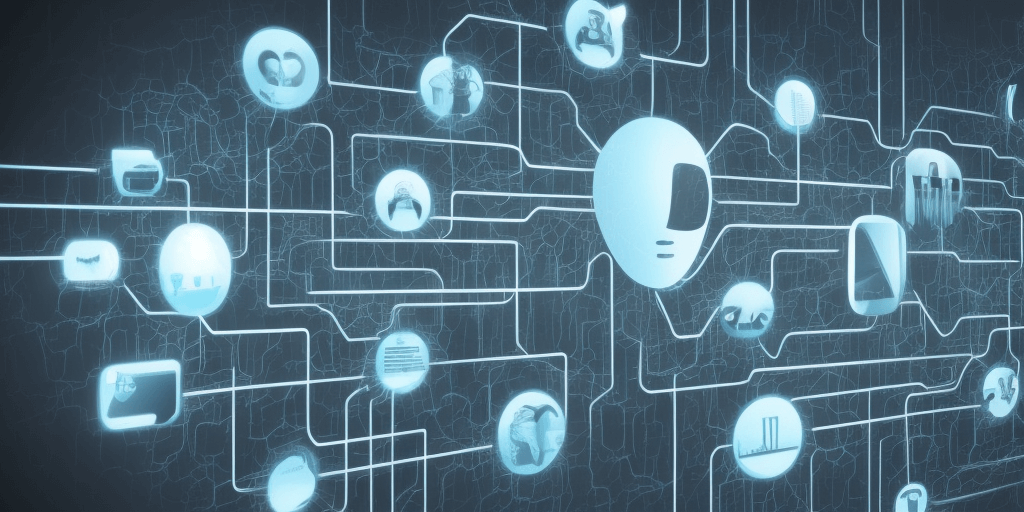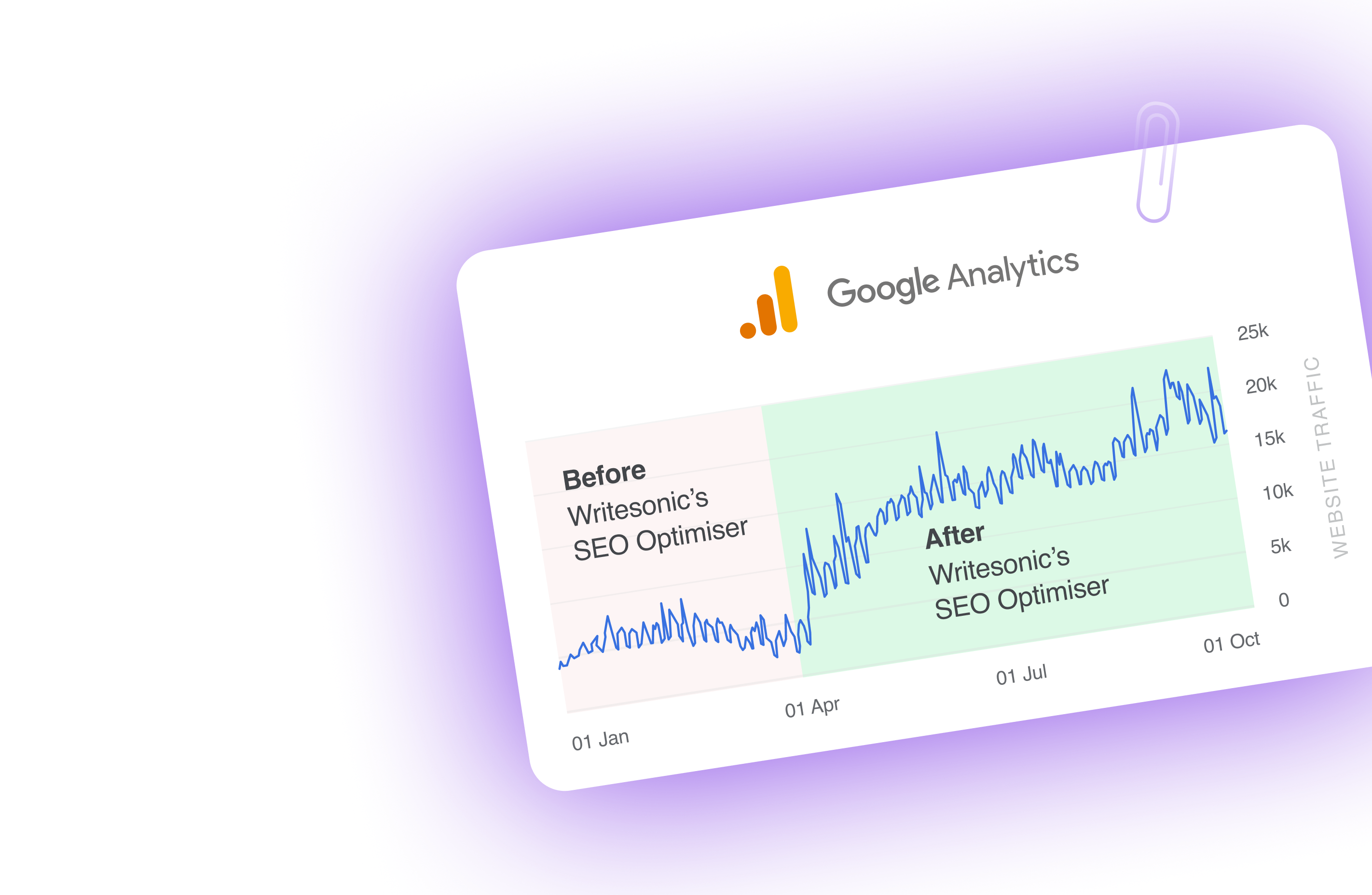AI assistants like Claude and ChatGPT have become vital tools in our daily work and personal tasks. The choice between them matters more than ever.
As a daily user, I’ve hands-on experience with both Claude and ChatGPT.
I’ve spent countless hours testing both Claude and ChatGPT to show you what makes each one unique – their capabilities, strong points, and limitations. This piece will help you pick the AI assistant that works best for you.
In this blog post, I’ll break down everything you need to know to make the right choice between these two AI assistants. We’ll get into their core capabilities, accessible interfaces, specialized features, customization options, privacy considerations, and pricing models.
This detailed analysis and practical examples will help you pick the AI assistant that matches your specific needs and use cases.
To be precise, in this blog post, we’ll cover a detailed analysis of GPT-4o and Claude 3.5.
Let’s get started!
Claude vs. ChatGPT: A Quick Glimpse
| Claude | ChatGPT | |
| Company | Anthropic | Open AI |
| Types of AI models | Claude 3.5 Sonnet, Claude 3.5 Haiku, Claude 3.5 Opus | GPT-4, GPT-4o, GPT-4o Mini |
| Languages | Limited to certain language | Extensive multilingual support |
| Context window | 200,000 tokens, or about 150,000 words | 128,000 tokens, or about 96,000 words |
| Output limit | 4,096–8,192 tokens | 16,384 tokens |
| Pricing | $20/month | $20/month |
| API Pricing | $3 per million input tokens and $15 per million output tokens (Claude 3.5 Sonnet) | $5 per 1M input tokens and $15 per 1M output tokens (GPT-4o) |
Moreover, to compare the performance of LLM models, AI companies use benchmarks like standardized tests. Check out this head-to-head comparison of Claude 3.5, Claude 3, GPT-4o, Gemini 1.5 Pro, and Llama-400b published by Anthropic.
Model Capabilities and Performance
My testing of both AI assistants have found major differences in their capabilities and performance. I tested hundreds of prompts and real-life applications to learn about how these models compare in tasks of all types.
The extensive testing of model capabilities reveals major differences between Claude and ChatGPT that affect their practical applications. Let’s look at their core strengths and limitations in several key areas.
Language understanding and generation
Claude excels at context handling with its 200,000-token context window that processes about 150,000 words. This capacity helps Claude analyze longer documents quickly compared to ChatGPT’s 128,000-token limit.
Claude generates content that sounds more authentic and specific. The responses read better and flow naturally, especially when you have complex communication needs.
My take: My daily interactions reveal that Claude produces more natural-sounding and human-like responses. Claude showed better skills in maintaining a consistent tone and style in my creative writing tests. I was impressed by Claude’s clear responses and better-written outputs compared to ChatGPT.
Reasoning and problem-solving
The testing results revealed fascinating patterns in these models’ approach to complex problems. ChatGPT and Claude both handle simple queries well, though ChatGPT demonstrates superior capabilities in mathematical reasoning and complex equations. The comparison highlighted distinct strengths in their problem-solving abilities:
- Claude excels at:
- Proofreading and editing tasks
- Creative problem-solving
- Detailed analysis of complex scenarios
- ChatGPT performs better at:
- Mathematical calculations
- Document analysis
- Processing larger documents beyond stated limits
My take: My problem-solving tests showed ChatGPT’s better capabilities in logic and reasoning tasks. ChatGPT excels at handling complex information and provides accurate answers to factual questions. Claude has impressed me with its complete solutions, especially when it processes technical documentation and detailed analysis by knowing how to maintain context.
Coding abilities
The coding capabilities tell a different story. Claude performs better with a 92% score on the standard HumanEval test compared to ChatGPT’s 90.2%. This advantage becomes clear in real-world applications where our tests show Claude creates more accurate and error-free code.
My take: The differences in coding tasks between AI models fascinate me. Claude produces cleaner and more optimized code that works right away. The sort of thing I love happened during an authentication system integration test. Claude automatically picked the newer, correct route, while ChatGPT used an outdated one. This shows how well Claude knows how to maintain context in complex codebases.
Standard comparisons
Official testing data shows Claude 3.5 Sonnet performs better than GPT-4 across most standard evaluation metrics. The data reveals Claude’s excellence in:
- Undergraduate-level expert knowledge (MMLU)
- Graduate-level expert reasoning (GPQA)
- Simple mathematics (GSM8K)
Claude 3.5 Sonnet has made significant progress by processing tasks twice as fast as previous versions while achieving better accuracy. Standard scores look promising, though ground performance might differ based on specific use cases and requirements.
My take: My performance metrics show that Claude excels at technical tasks and accuracy. Tests for code generation prove that Claude creates more reliable and context-aware solutions. But Claude’s paid plan has stricter usage limits than ChatGPT Plus. These limits could affect your long-term development work.
User Interface and Experience
I spent months working with both platforms’ interfaces and found some interesting differences in how Claude and ChatGPT present their capabilities to users. Claude and ChatGPT have strong capabilities, but each platform takes a distinct approach to user experience. I would like to share my hands-on experience with both platforms.
Interface and ease of use
Claude’s web interface impresses me daily with its innovative features. The Artifacts feature stands out by offering a live preview window for code – a great way to get help when developing applications.
My tests of both platforms for web development tasks showed that Claude’s interface lets me:
- See rendered code previews right away
- Monitor version changes efficiently
- Add context information naturally
- Link with GitHub directly (for enterprise users)
My take: ChatGPT’s web interface maintains a clean and easy-to-use design. However, it follows a more traditional approach to code display without the preview functionality that makes Claude so useful for development work.
Mobile Apps
My testing of both platforms’ mobile offerings revealed the most important differences in their mobile approach.
Claude has expanded its reach with dedicated apps for both iOS and Android recently, making it available to billions of potential users worldwide.
My take: The mobile interface maintains the same powerful features as its web version, and I especially appreciate how Claude handles file uploads and image analysis capabilities.
Ease of use
Both platforms have unique strengths in terms of user experience. ChatGPT Plus feels almost unlimited with queries, but Claude needs more careful consideration because of credit limitations, even with a paid subscription.
The platforms handle different types of interactions uniquely. Claude’s interface creates a well-laid-out experience for code work. Its code rendering helps me save countless hours of debugging and testing.
ChatGPT works great as my quick text editor and excels at fast text generation and modifications. Complex tasks that need ongoing conversation work better with Claude’s thoughtful approach to managing discussions.
My take: My tests show these platforms are becoming an “operating intelligence layer” – they’re now essential to our AI interactions. Their interfaces show this progress differently: ChatGPT wants to be widely accessible, while Claude dives deep into interactions.
Specialized Features
Claude and ChatGPT continue to evolve with specialized features that make them unique in the AI assistant world.
My hands-on testing of specialized features revealed the most important differences between Claude and ChatGPT’s advanced capabilities. I want to share my real-life experiences with these powerful AI tools.
Image analysis and generation
My tests of both platforms’ image capabilities revealed striking differences in their approaches. ChatGPT’s DALL-E integration impressed me with its image generation and analysis features. Claude’s image analysis proved remarkably precise, though it lacks image generation capabilities.
These are the main differences I found in my tests:
- ChatGPT offers:
- DALL-E 3 integration that creates images
- Simple image analysis features
- Tools to edit visual content
- Claude provides:
- Superior image analysis
- In-depth visual content interpretation
- No tools to generate images
My take: My tests of image-related features show a clear difference between the platforms. ChatGPT and Claude can analyze uploaded images, but ChatGPT’s GPT-4 provides image generation capabilities through DALL-E integration. Claude excels at analyzing complex documents and images but does not generate images.
Claude’s Artifacts and Projects
Recent tests of Claude’s latest features revealed the Artifacts system as an innovative addition. The system creates a dedicated window for important content (typically over 15 lines) separate from the main conversation. Our tests showed that Artifacts work best with:
- Complex code snippets
- Detailed documents
- Interactive components
- SVG images and diagrams
- Websites (single page HTML)
My take: Teams can create self-contained workspaces through the Projects feature and customize Claude’s parameters while uploading relevant files. This approach has boosted knowledge management and team productivity.
ChatGPT’s custom GPTs
We discovered a powerful system while examining ChatGPT’s custom GPTs that creates tailored versions of the AI assistant. ChatGPT launched these customized versions in November 2023, and users can create them without coding knowledge. The versions can be shared with others or kept private.
The GPT Store revolutionized specialized AI tool access after its January 2024 launch. Our tests of custom GPTs showed impressive results in a variety of domains:
| GPT Type | Primary Use Case |
| Data Analyst | Visualization and analysis |
| Math Mentor | Educational support |
| Meeting Master | Transcript processing |
| SEO Expert | Website optimization |
Web browsing and live information
ChatGPT and other platforms show key differences in their live capabilities. ChatGPT’s Bing integration now lets users access current information and get up-to-date responses.
Users find this feature valuable for:
- Technical research
- Product comparisons
- Travel planning
- Current events analysis
Claude lacks direct internet access right now. Its larger context window of 200,000 tokens makes up for this limitation and allows detailed document analysis in a single session.
Each platform offers unique advantages through specialized features. ChatGPT’s custom GPTs and web browsing make it better suited for live tasks. Claude shines with its Artifacts and Projects features that excel at shared work environments and complex document handling.
My take: My testing of both platforms shows that ChatGPT’s broader range of specialized features makes it more versatile for multimedia tasks. But Claude makes up for its limited feature set with better performance in its core capabilities, especially in text analysis and coding tasks. This balance between feature breadth and depth shapes how we choose the right tool for specific use cases.
Customization and Integration Options
My work with AI platforms’ customization features has shown me the sort of thing I love – their distinct approaches to integration and extensibility. I want to share what I found after months of hands-on testing and implementation.
API access
My development work revealed the most important differences in API pricing between these two platforms. Here’s what I discovered:
- Claude’s API offers more affordable pricing:
- Claude 3.5 Sonnet: $3.00 per 1M input tokens and $15.00 per 1M output tokens.
- Claude 3 Haiku: $0.25 per 1M input tokens and $1.25 per 1M output tokens.
- ChatGPT’s pricing works this way:
- GPT-4: $5.00 per 1M input tokens and $15.00 per 1M output tokens.
- GPT-3.5 Turbo: $0.50 per 1M input tokens and $1.50 per 1M output tokens.
My take: Claude’s API pricing proves more affordable for high-volume usage. My tests show that Claude Sonnet charges $3.00 per million input tokens and $15.00 per million output tokens. GPT-4o costs $10.00 per million input tokens and $30.00 per million output tokens. These pricing differences have affected my project budgets substantially.
Integration with other tools
ChatGPT leads the integration race with its broader ecosystem of connected platforms. The platform connects directly with DALL-E for image generation and offers various plugins that extend its functionality.
Claude focuses more on core functionalities than third-party integrations. Its Artifacts feature stands out by letting users see generated content in a separate window, which helps manage long conversations better. This makes complex tasks like coding and document analysis much easier with its accessible interface.
My take: The free tier’s message limit remains Claude’s biggest problem. Users can send about 100 messages every 8 hours. This limit becomes noticeable quickly when users work with large documents or need extended conversations.
Privacy, Security and Ethical Considerations
My research and testing of privacy and security features revealed significant differences between these platforms and how they handle user data and ethical concerns. These findings come from months of studying these important aspects.
Data usage policies
The privacy policies of both platforms reveal notable differences in their data handling approaches. Claude maintains a strict opt-in policy for data usage and won’t use inputs or outputs for model training unless they are flagged for safety review or users explicitly opt in.
Claude’s transparent approach to data protection stands out as a key differentiator.
ChatGPT’s policies let users opt out of data usage for training without any apparent downsides. The platform introduces an interesting nuance with custom GPTs that comes with an additional data usage option. This option might override user priorities, though the documentation lacks clarity on this aspect.
The data retention policies show clear distinctions:
| Feature | Claude | ChatGPT |
| Default Training Usage | Opt-in only | Opt-out available |
| Data Retention Period | Limited | Up to 18 months |
| Training Exceptions | Safety reviews only | Multiple scenarios |
Safety measures
My extensive testing of both platforms’ safety features shows that Claude has resilient safety measures based on principles from the Universal Declaration of Human Rights. The sort of thing I love is their strategy to minimize privacy effects – they don’t access password-protected pages or bypass CAPTCHA controls during training.
My research into ChatGPT’s safety protocols shows they offer complete coverage of data collection and sharing practices. But I found that there were some concerning gaps in their EU privacy policy. The sections on “Disclosure of Personal Data” and “Your Rights” were completely empty in my review.
Bias and fairness
My extensive testing of both platforms shows how bias shows up differently in each system. Claude takes a more cautious approach and often refuses requests that might lead to biased outcomes. ChatGPT maintains a more neutral tone but sometimes perpetuates subtle biases.
The impact of these biases on ground applications caught my attention. Claude 3 models have dialed back their tendency to refuse potentially problematic requests. My tests reveal Claude’s distinct characteristics:
- More personable and empathetic in responses
- More expressive about troubling issues
- More steerable in conversations
- Less likely to emphasize its AI status
Both platforms face unique challenges with bias. ChatGPT tends to be more rigid and keeps a very neutral tone, even when discussing potentially troubling topics. This seemingly objective approach can sometimes mask why biases happen, which became apparent during my extensive use of the platform.
My take: After months of testing both platforms, managing these ethical considerations depends on understanding each platform’s strengths and limitations. Claude and ChatGPT have made progress in addressing privacy concerns and bias issues. Users need to stay alert and understand the implications of using these powerful AI tools.
Real-World Performance: Putting AI to the Test
Now that we’ve covered the technical specifications, let’s see how these AI assistants perform in real-world scenarios.
1. Creative Writing and Brainstorming
We tasked each AI with writing a short story about a time-traveling chef and generating ideas for a sustainable fashion line.
ChatGPT:
- Produced a whimsical story with vivid descriptions
- Generated a wide range of creative ideas for sustainable fashion
- Sometimes relied on common tropes and predictable plot elements
Claude:
- Created a more structured and logical narrative
- Offered practical and innovative ideas for sustainable fashion
- Responses felt more grounded but sometimes lacked flair
Winner: Tie
ChatGPT showed more creativity, while Claude provided more focused and practical outputs. The preference here largely depends on the specific needs of the user.
Chatsonic Edge: Chatsonic has a multi-model approach that shines in creative tasks:
- It combines the imaginative flair of ChatGPT with the structured approach of Claude
- Utilizes specific creative writing models for different genres and styles
- Employs an “inspiration engine” that draws from a vast database of art, literature, and cultural references
- Offers interactive brainstorming sessions, building on user input in real-time
The result? Creative outputs that are not just original, but also tailored to the user’s style and preferences.
2. Coding and Technical Problem-Solving
We challenged the AIs to debug a complex Python script and explain a difficult algorithm.
ChatGPT:
- Successfully identified and fixed bugs in the Python script
- Provided a clear explanation of the algorithm with examples
- Sometimes offered multiple solution approaches
Claude:
- Excelled at debugging, offering detailed explanations for each fix
- Gave a more technical and in-depth explanation of the algorithm
- Provided runtime complexity analysis and optimization suggestions
Winner: Claude
While both performed well, Claude’s more detailed technical explanations and optimization suggestions give it a slight edge for advanced coding tasks.
Chatsonic Edge: Chatsonic elevates coding assistance to new heights:
- Integrates with popular IDEs for real-time coding suggestions
- Offers language-specific optimizations and best practices
- Provides interactive debugging with step-by-step explanations
- Generates unit tests and documentation automatically
- Explains complex algorithms using interactive visualizations
For developers of all levels, Chatsonic isn’t just an assistant – it’s a comprehensive coding companion.
3. Data Analysis and Visualization
We asked the AIs to analyze a complex dataset on climate change and suggest visualizations to represent the findings.
ChatGPT:
- Provided a solid analysis of the main trends in the data
- Suggested several appropriate visualization types
- Offered some insights into potential correlations
Claude:
- Delivered a more in-depth statistical analysis
- Recommended more advanced and specific visualization techniques
- Highlighted potential biases and limitations in the dataset
Winner: Claude
Claude’s more rigorous analytical approach and attention to statistical details make it superior for complex data analysis tasks.
Chatsonic Edge: Chatsonic transforms data analysis from a task into an experience:
- Employs specialized data science models for advanced statistical analysis
- Generates interactive, customizable visualizations on the fly
- Offers predictive modeling and machine learning integration
- Provides natural language interfaces to complex databases
- Suggests actionable insights based on industry-specific benchmarks
With Chatsonic, users don’t just analyze data – they unlock its full potential.
4. Emotional Intelligence and Ethical Reasoning
We presented the AIs with a complex ethical dilemma and asked them to provide emotional support in a sensitive situation.
ChatGPT:
- Offered a balanced perspective on the ethical dilemma
- Provided empathetic responses in the support scenario
- Sometimes gave overly generic advice
Claude:
- Demonstrated strong ethical reasoning with philosophical references
- Showed caution and nuance in providing emotional support
- Responses sometimes felt a bit detached or clinical
Winner: Tie
Both AIs showed strengths in different aspects of emotional and ethical intelligence.
Chatsonic Edge: Chatsonic redefines AI empathy and ethical reasoning:
- Utilizes specialized models trained in psychology and counseling
- Adapts its communication style based on the user’s emotional state
- Offers culturally sensitive responses informed by diverse ethical frameworks
- Provides interactive ethical reasoning, helping users explore different perspectives
- Includes optional integration with mental health resources for sensitive topics
Chatsonic doesn’t just respond to emotional and ethical queries – it fosters genuine understanding and growth.
The Verdict: Is There a Clear Winner?
After this comprehensive comparison, it’s clear that both Claude and ChatGPT are exceptional AI assistants, each with its own strengths:
ChatGPT excels in:
- Creative and open-ended tasks
- Multimodal interactions (especially with images)
- Broad language support
- Access to real-time information
Claude shines in:
- Analytical and reasoning tasks
- Processing large volumes of text
- Ethical considerations and nuanced responses
- More affordable API access for developers
But here’s the twist: While Claude and ChatGPT battle for supremacy, Chatsonic emerges as the true player in the world of AI assistants.
Conclusion and Recommendations
My thorough testing of Claude and ChatGPT shows clear differences in what they can do best.
Claude performs better at technical tasks, code generation, and detailed analysis. It also offers stronger privacy protection and competitive API pricing.
ChatGPT shines with its wider range of features like image generation and voice interactions that make it ideal for multimedia work. These platforms serve different user needs rather than competing head-on.
I use both platforms daily and understand how tough it can be to choose between them. They both have great capabilities, but my recent experience with Chatsonic changed my perspective.
Chatsonic combines the best features of both platforms and handles their limitations well. It delivers better creative tools, more accurate results, and flexible pricing plans. This makes it an attractive option for anyone who wants the best AI assistance. The secret is to match your needs with a platform that serves your goals best – whether you need technical precision, creative features, or both.
FAQs
1. Which AI assistant is superior, ChatGPT or Claude AI?
If your business values ethical principles and safe recommendations, Claude AI might be the preferable choice. On the other hand, for flexibility, creativity, and broad applicability across various domains, ChatGPT stands out as an excellent choice.
2. Is there an AI that surpasses ChatGPT in performance?
Anthropic’s Claude is considered a superior alternative to ChatGPT, particularly in terms of reasoning, persuasion, and creativity. It is known for its ability to develop complete applications, write full stories, and display a greater sense of humor compared to ChatGPT.
But if you’re looking for a better option than both Claude and ChatGPT, Chatsonic can be your go-to-tool.
3. What are some alternatives to ChatGPT?
Several AI assistants serve as alternatives to ChatGPT, including Chatsonic, which is an all-in-one ChatGPT alternative for conversational needs, Google Gemini, Microsoft Copilot, X’ Grok AI, Claude 3, Perplexity AI, Meta AI, and the Semrush AI assistant.
4. What are the limitations of using Claude AI?
Claude AI imposes a limitation on the number of messages you can send within a specific timeframe. Typically, you can expect to send around 45 messages every 5 hours, with variations based on message and conversation length, as well as Claude’s current capacity. A warning is issued when only one message remains, and the limit resets every 5 hours.
5. What are some notable differences between Claude and ChatGPT?
Claude is often perceived as more personable, empathetic, and expressive compared to ChatGPT. It tends to be more adaptable in conversations, acknowledging and adjusting to clarifications or missed points from previous interactions. Unlike ChatGPT, which can appear more robotic and frequently reminds users of its AI nature, Claude maintains a more human-like interaction style.
6. How does Google’s Gemini compare to both Claude and ChatGPT?
Google’s Gemini, used primarily in multi-bot conversations on platforms like Poe, offers a different interaction experience compared to both Claude and ChatGPT, though specific comparative details are less frequently discussed.

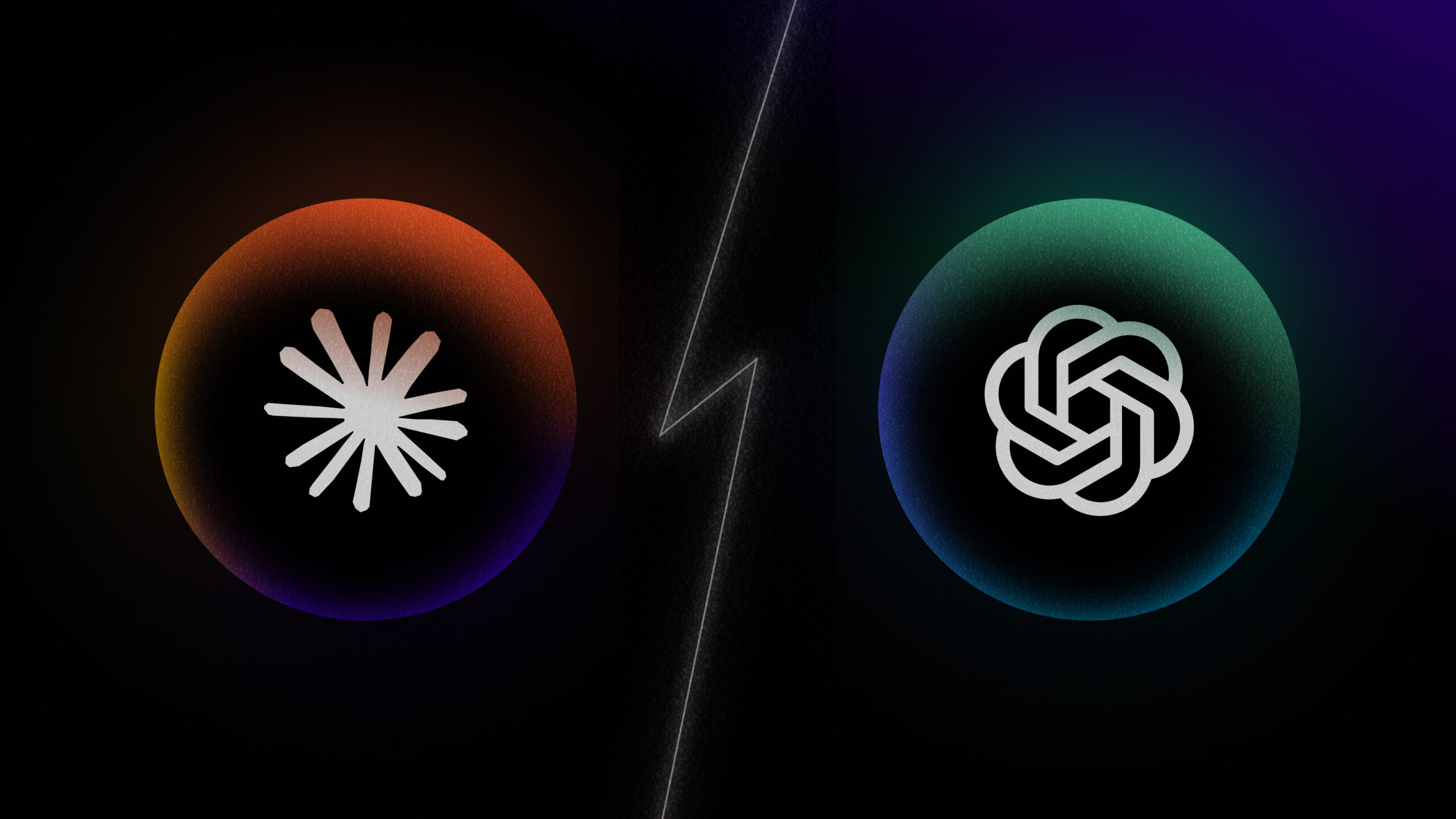

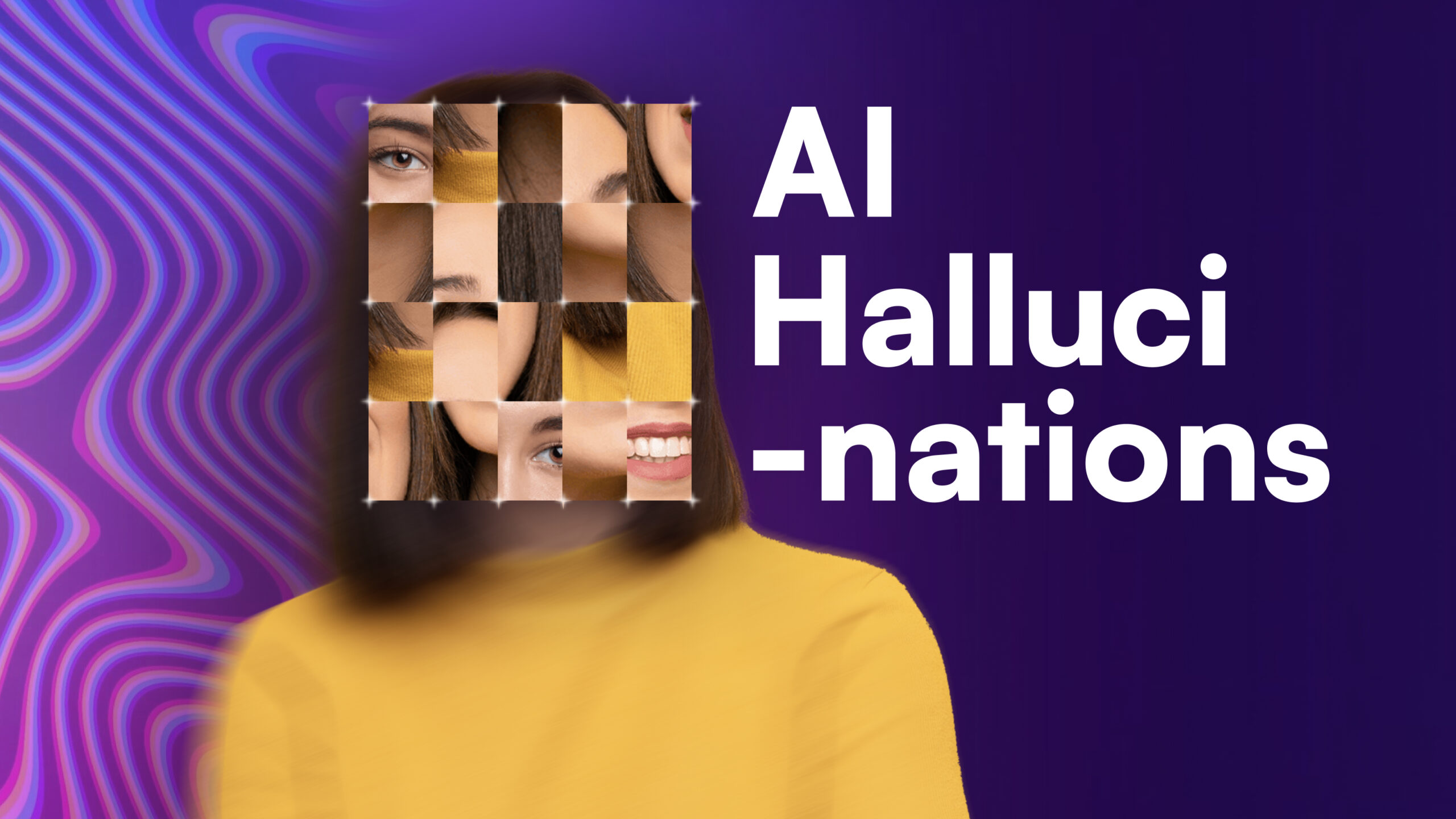

![How to Make ChatGPT Sound More Human: 9 Proven Strategies [With Examples]](/wp-content/uploads/How-to-Make-ChatGPT-Sound-More-Human-1.png)

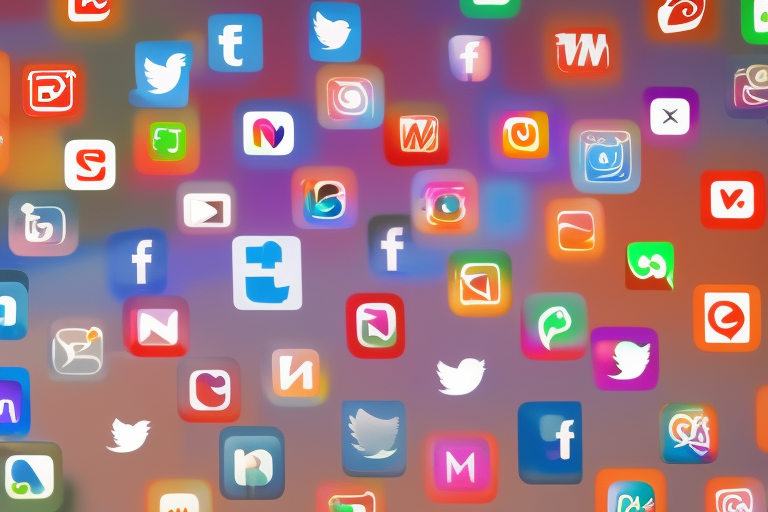
![17 Best ChatGPT Alternatives That’ll Blow Your Mind in 2025 [Free & Paid]](/wp-content/uploads/2024/08/Best-ChatGPT-Alternatives-min-2-.jpg)

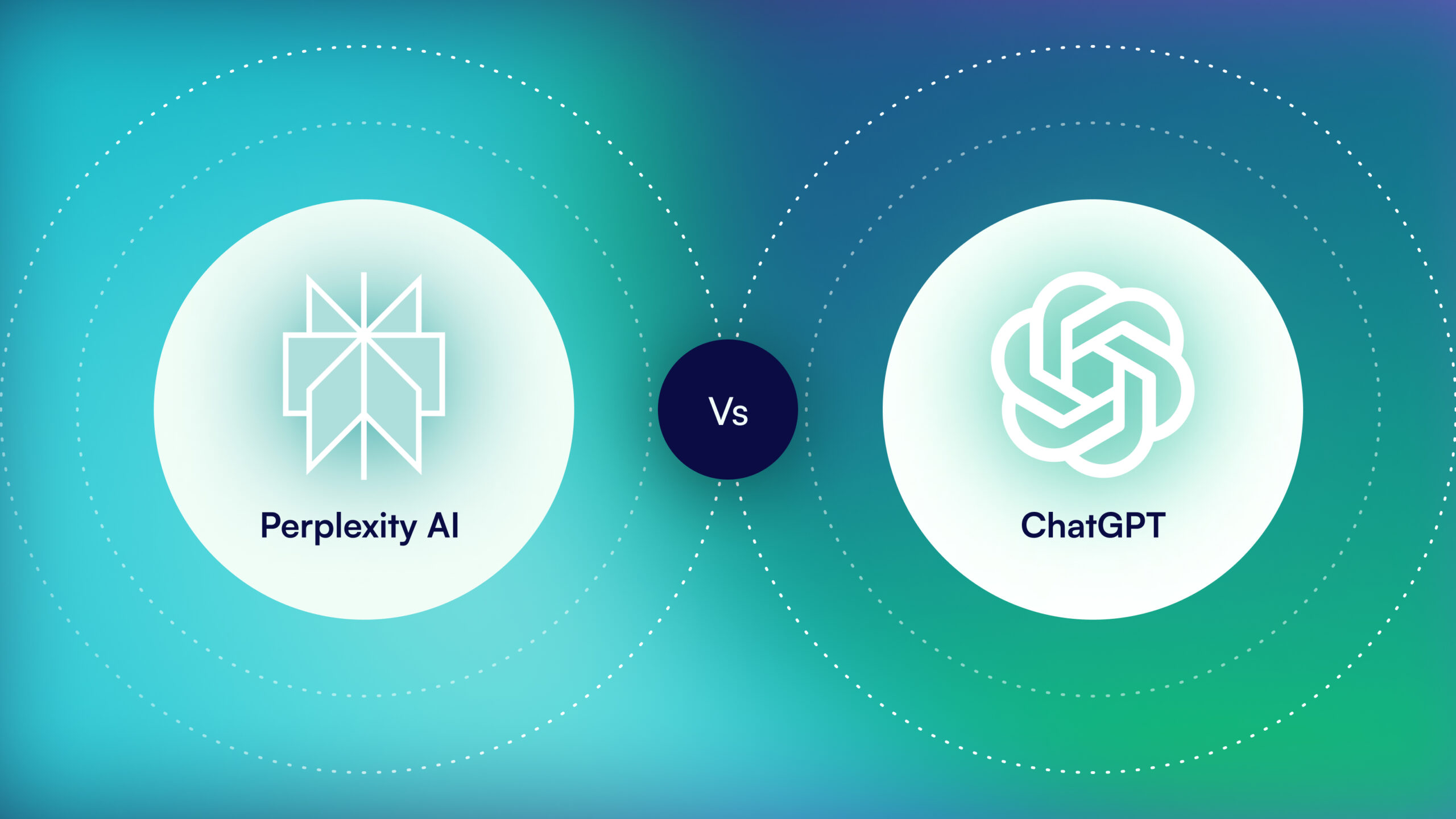
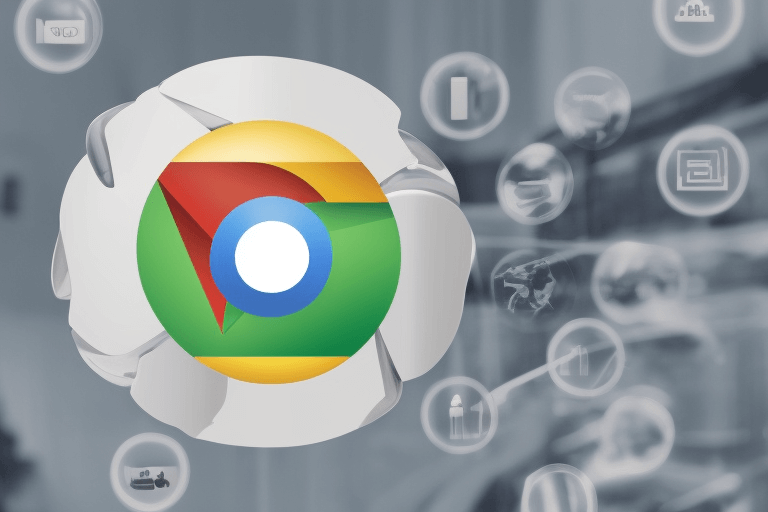

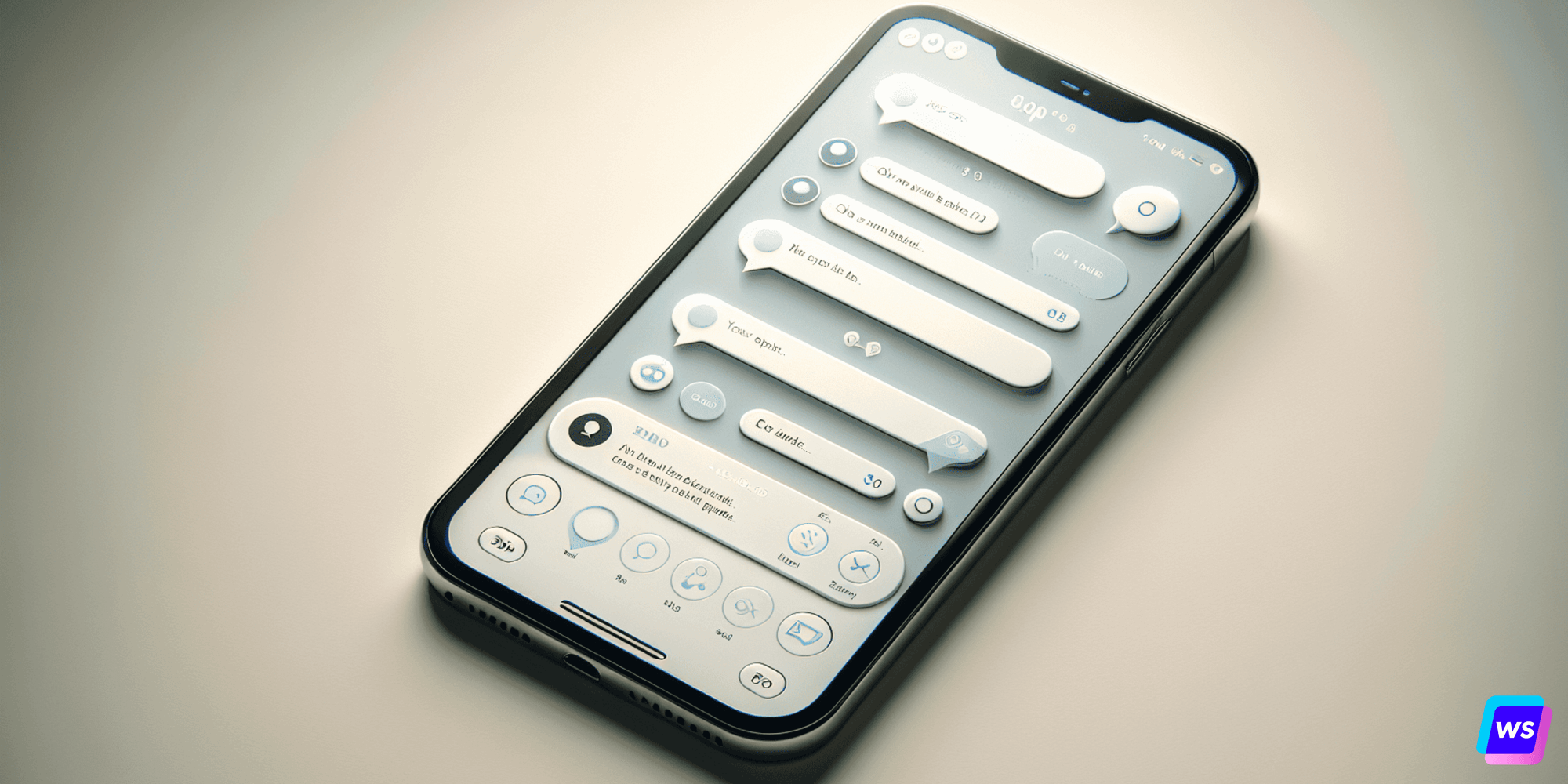
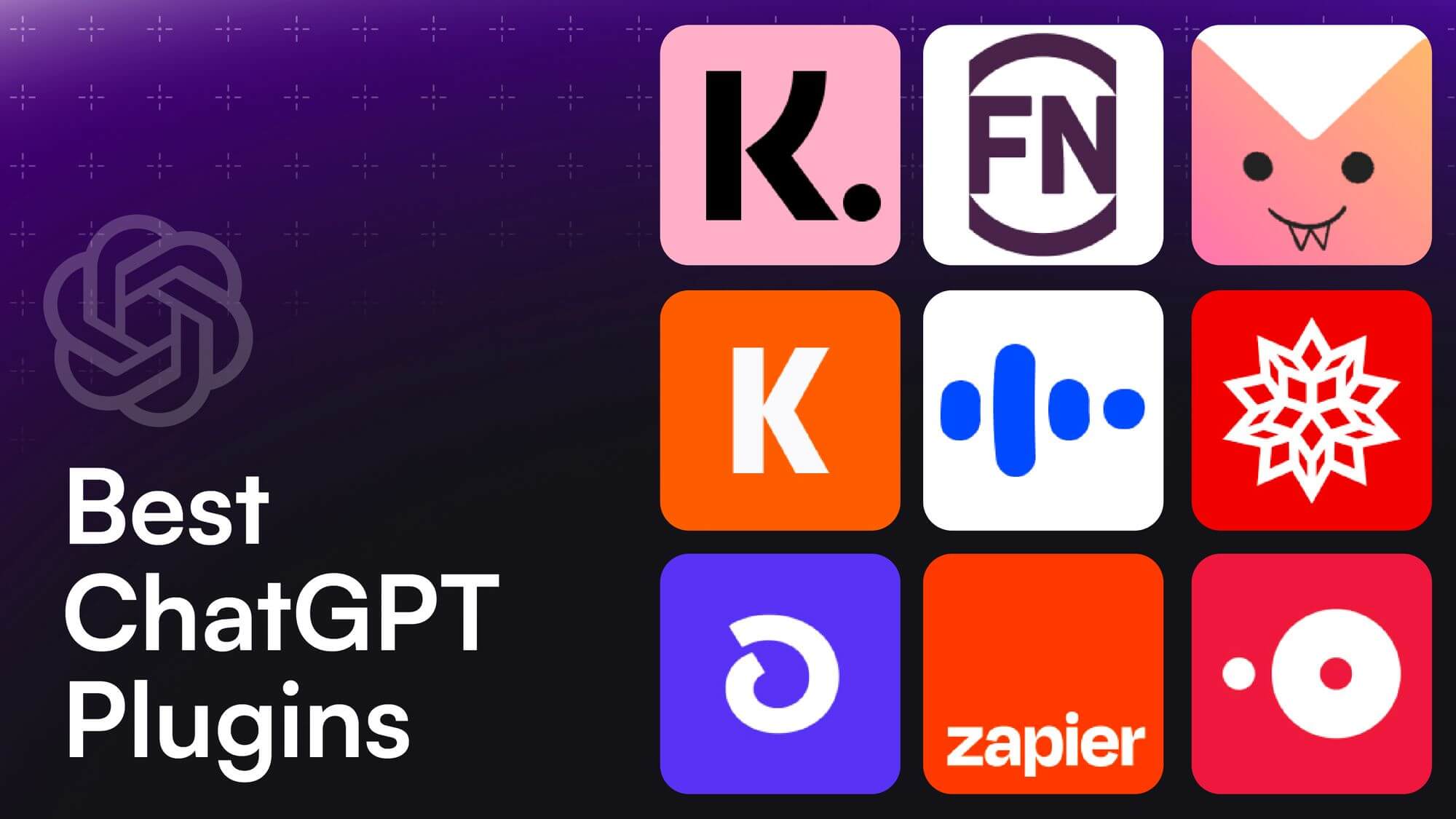


![How to Create a Custom GPT using GPT Builder? [Even Without ChatGPT Plus]](/wp-content/uploads/Build-Custom-GPT.jpg)

